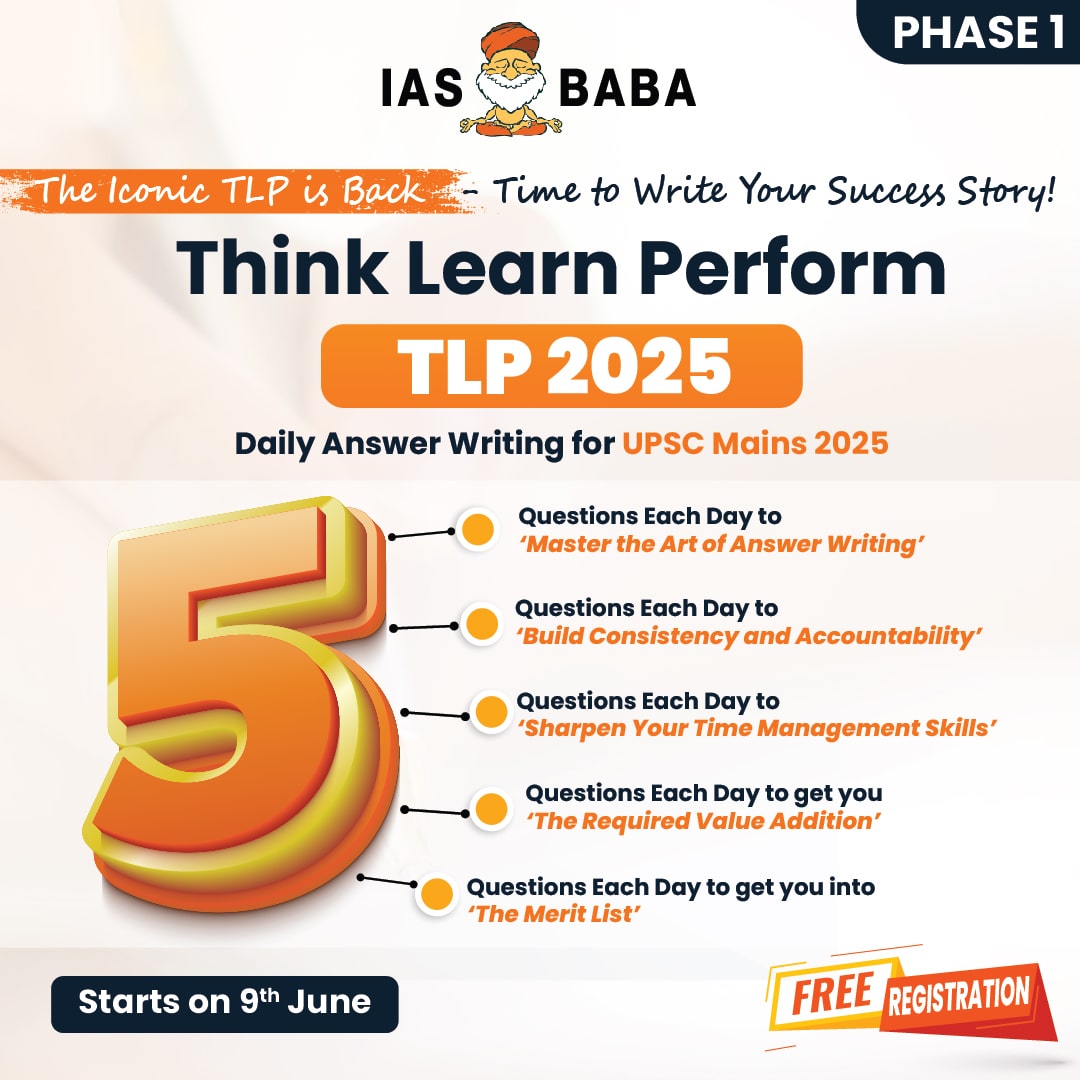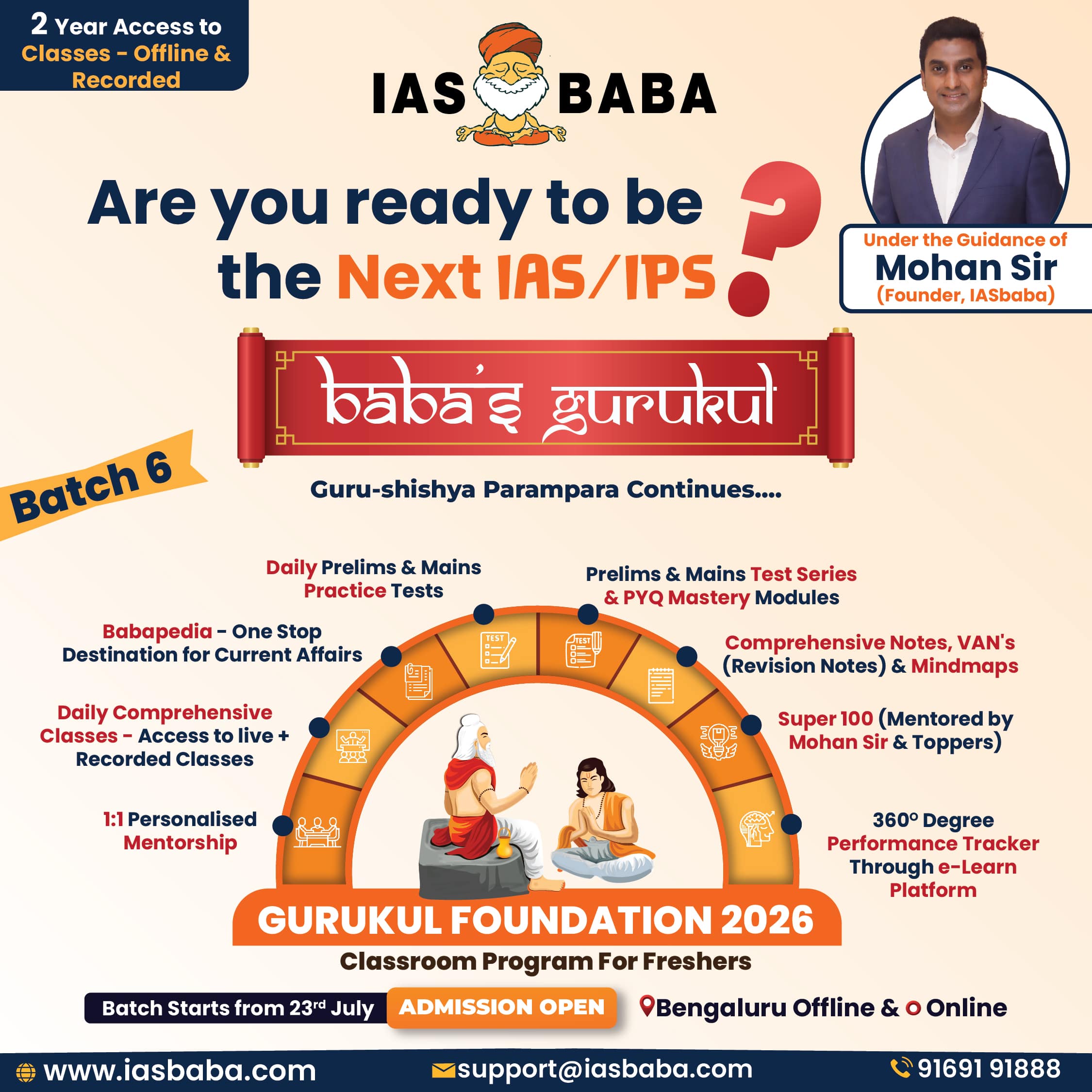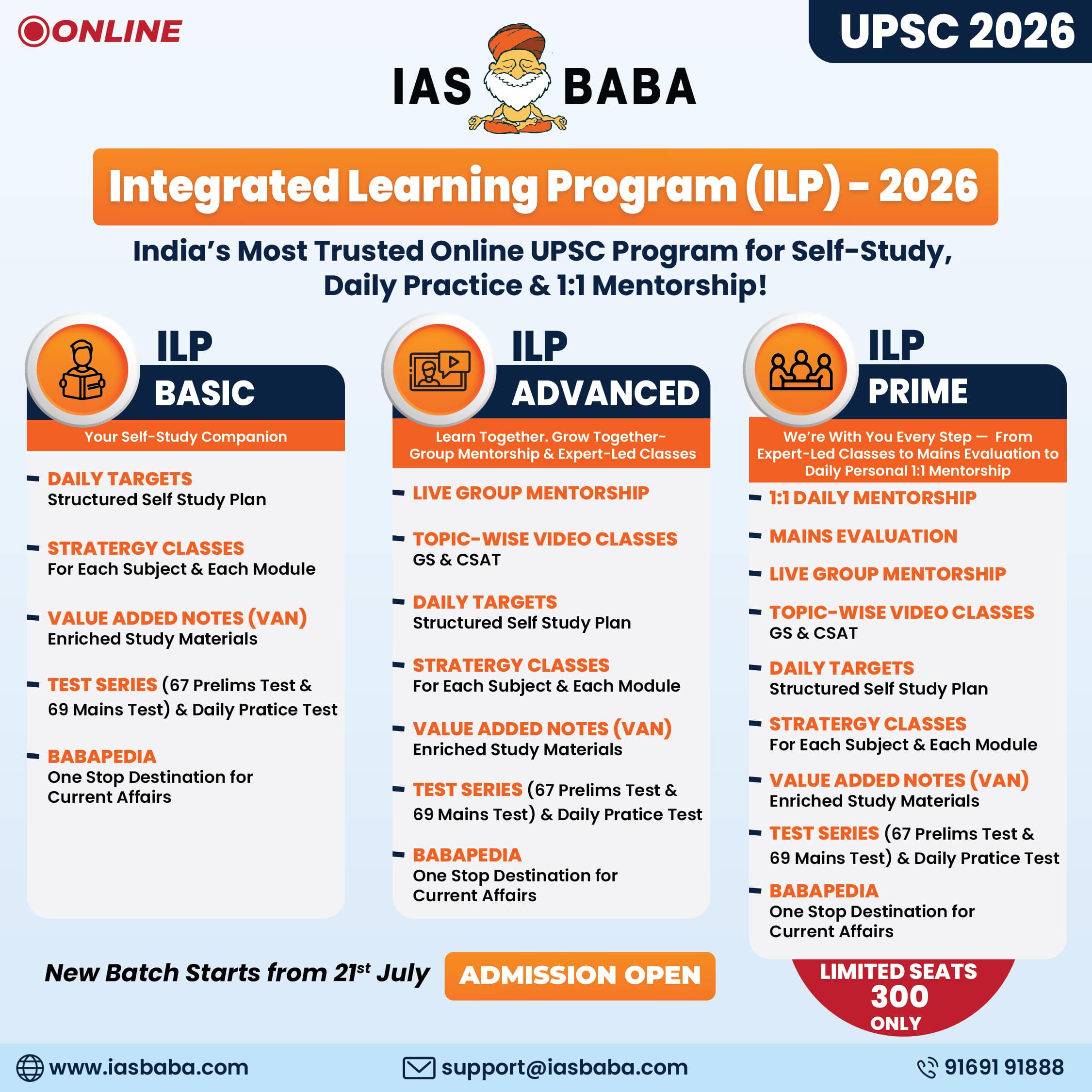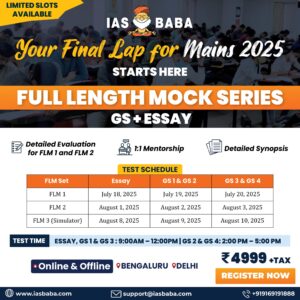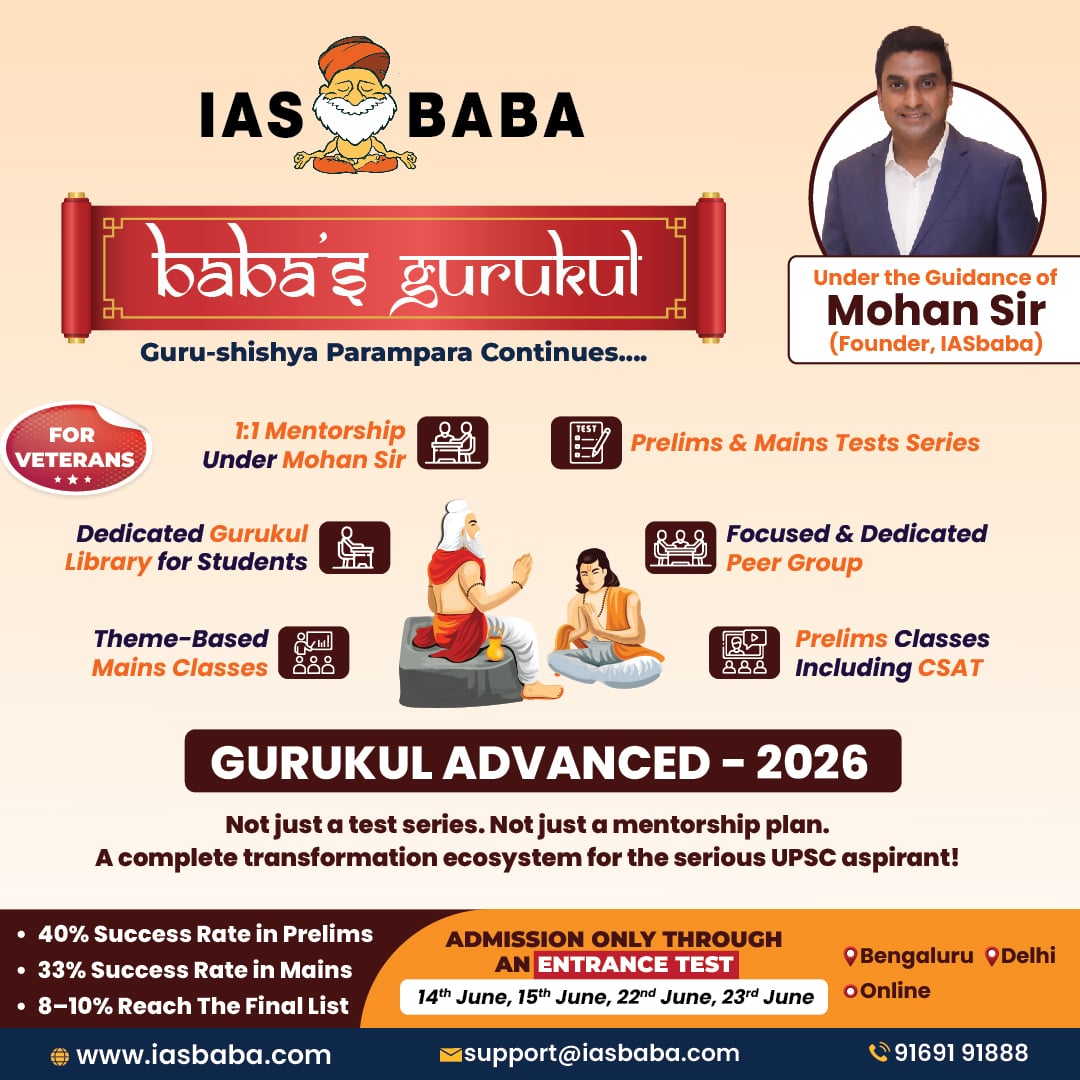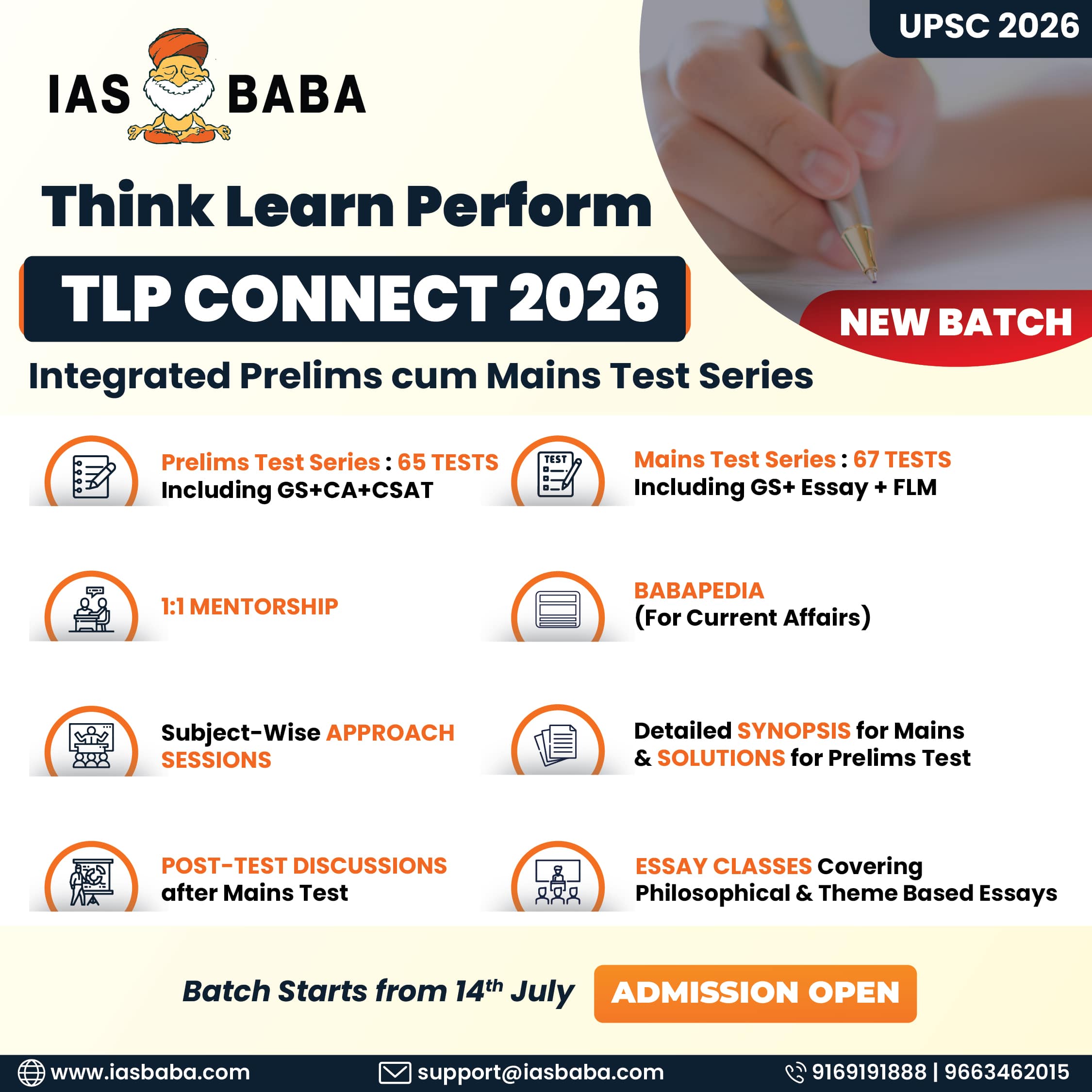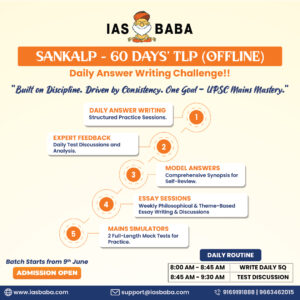IASbaba's Daily Current Affairs Analysis
IASbaba’s Daily Current Affairs (Prelims + Mains Focus)- 13th April 2018
Archives
(PRELIMS+MAINS FOCUS)
Government to ban e-cigarettes soon
Part of: Mains GS Paper II- Government intervention in important sectors
Key pointers:
- The Centre has informed the Delhi High Court that it is in the process of issuing guidelines to ban the manufacture, import, sale and any kind of trade in e-cigarettes, dubbing it a “new emerging threat”.
- Terming e-cigarettes or Electronic Nicotine Delivery Systems “addictive” and targeted at young smokers, the Health Ministry said the decision has been taken in the larger interest of public health.
- Though there are no specific guidelines to deal with e-cigarettes, several State governments and Union Territories have taken steps to prohibit it.
Issues:
- The chief constituent of e-cigarettes was nicotine, which is addictive.
- It also has a high level of toxicity and can lead to development of cardiovascular diseases, lung diseases, have adverse effect on the immune and gastrointestinal systems, and raise the risk of miscarriage in pregnant women.
Article link: Click here
Navigation satellite IRNSS-1I- Part of NavIC
Part of: Mains GS Paper III- Science & Technology
Key pointers:
- Navigation satellite IRNSS-1I was flown into space from Sriharikota space pad.
- The 1,425-kg satellite will shortly become the eighth satellite to join the NavIC constellation of Indian regional navigation satellites.
- The launch completes the first phase of the constellation
NavIC:
- NavIC (Navigation with Indian Constellation), dubbed India’s own GPS, has been designed to provide precise information on position, navigation and time related to objects or people.
- The eight satellites have a civilian and restricted military/security application to aid security and disaster management and fleet monitoring on land, air and sea.
- The NavIC constellation will help make innovative applications for the entire community of position-based services, especially the under- served and un-served.
Article link: Click here
WHO’s and UNICEF’s directive on breastfeeding
Part of: Mains GS Paper II- Key interventions in health sector
Key pointers:
- The World Health Organisation (WHO) and the United Nations Children’s Fund (UNICEF) has issued a new 10-step guidance to increase support for breastfeeding in health facilities that provide maternity and newborn services, which provide the immediate health system platform to help mothers initiate breastfeeding within the first hour and breastfeed exclusively for six months.
- Breastfeeding all babies for the first 2 years would save the lives of more than 8,20,000 children under age 5 annually, noted a release issued by the WHO.
- The guidelines describe how hospitals should have a written breastfeeding policy in place, required staff competencies, and antenatal and post-birth care, including breastfeeding support for mothers.
- It also recommends limited use of breast milk substitutes, rooming-in, responsive feeding, educating parents on the use of bottles and pacifiers, and support when mothers and babies are discharged from hospital.
- Breastfeeding saves lives. Its benefits help keep babies healthy in their first days and last well into adulthood.
Article link: Click here
(MAINS FOCUS)
DEFENCE/SECURITY
TOPIC:
General Studies 2:
- Government policies and interventions for development in various sectors and issues arising out of their design and implementation.
General Studies 3:
- Mobilization of resources, growth, development and employment
- Indigenization of technology and developing new technology.
Self-reliance in Defence and Aerospace
Background:
Marking the 20th anniversary of the strategic partnership between India and France, Prime Minister Narendra Modi and French President Emmanuel Macron had a summit meeting in New Delhi in March 2018.
Fourteen agreements were signed, including those related to strategic maritime awareness, logistical support between armed forces, and exchange of classified information.
France is a major source of foreign direct investment (FDI) in India, with about 750 big French companies, with a cumulative investment of $5.82 billion between April 2000 and June 2017.
Over 150 Indian companies are operating in France, employing around 7,000 people.
Joint statement: India and France
The joint statement acknowledged that “the Make-in-India initiative offers a valuable opportunity for Indian and French defence enterprises to enter into arrangements for co-development and co-production of defence equipment in India, including through transfer of know-how and technologies to the mutual benefit of all parties”.
India’s policy:
The draft defence production policy, 2018, under consideration now, envisions India as one of the world’s top five defence producers by 2025, with self-reliance in 13 areas covering almost the entire range of weapons and systems.
The export target has been fixed at Rs35,000 crore ($5 billion) by 2025.
The FDI limit is proposed to be raised to 74% under the automatic route for “niche technologies”.
India’s need:
- India faces complex security challenges as it has hostile nuclear armed neighbours to its north and west, with unresolved borders.
- The international community expects India to be a net security provider in the Indian Ocean region.
Such security responsibilities require best-of-class armed forces.
Challenges:
In its quest for the best, and for self-reliance, in defence and aerospace, India’s greatest challenge is to bridge the technology gap.
According to the Stockholm International Peace Research Institute (2017), India has continued to be the largest arms importer in the last five years, with an import dependency running in excess of 60%.
Favoring factors:
Strong factors favouring India are its colossal requirements, strength of micro, small and medium enterprises (MSMEs), and a large young population with good basic skills.
There are over 6,000 MSMEs in the defence sector, with many more capable of contributing to defence and aerospace in case they find the right opportunity.
Way ahead:
- In order to achieve the targets, it is important for the armed forces to define requirements, both in terms of numbers and technology, well in advance, with a fair degree of certainty.
- The defence industry requires long gestation periods for design and development. This investment offers good returns in the long run as the life cycle of major equipment is long, with recurring sustenance requirements.
- In order to optimize the opportunity to mutual advantage, we have to transition from “Buy (Global)” or “Buy & Make” to “Make in India”.
This requires engagements to commence upstream in the process of design and development. - Innovation partnership at the academia-industry level between countries is an imperative.
- MSMEs from India are capable, and deserve their place in global supply chains.
- The aerospace policy and industry need to view the aviation sector, both military and civil, holistically.
- The policy for UAVs needs to be put in place at the earliest to ensure that the vast resources committed to this industry get a direction.
The recently announced defence industrial corridors, and the MSME clusters therein, need to embrace the aviation sector. - Most importantly, the energy of the public and private sector has to be harnessed together to be able to achieve self-reliance by 2025.
Conclusion:
The intent to go deeper than just a buyer-seller relationship is distinctly manifest in both, the India-France joint statement of March 2018 and the draft defence production policy, 2018.
Connecting the dots:
- India’s quest for self-reliance, in defence and aerospace is just given its huge potential. However, there are certain challenges which needs to be overcome. Discuss.
INTERNATIONAL
TOPIC: General Studies 2:
- Bilateral, regional and global groupings and agreements involving India and/or affecting India’s interests
- Effect of policies and politics of developed and developing countries on India’s interests
Mending of relations between India and Nepal
Introduction:
After a brief period of turbulent bilateral relations starting September 2015, a U-turn appears to have been effected in India-Nepal relations after the December 2017 elections in Nepal.
The U-turn culminated in Prime Minister Oli’s three-day official visit to New Delhi starting April 6. The visit is widely rated as most successful and historical.
The current visit of Oli has been characterised as remarkably different.
- Oli was received at the airport by Union Home Minister Rajnath Singh, who is second in rank in the Modi cabinet.
- Not only was Oli’s first foreign visit to India but even his first official meeting as PM took place with Indian business leaders on which occasion he invited Indian investors to Nepal.
- The two leaders held a one-on-one meeting for over one hour at Modi’s residence before the delegation level meeting. Such one-on-one meetings rarely happen during visits of high level delegations to India.
- Other than the 12-point regular joint statement, three special statements on agriculture, rail linkages up to Kathmandu, and inland waterways, were issued during the visit.
- For the first time in the last three years, the joint statement did not mention internal issues of Nepal such as amendments to the new constitution, inclusion of minorities, Madhesi, etc.
- Both leaders found synchronization between their favourite development frameworks – ‘Sabka Sath Sabka Bikas’ and ‘Samriddha Nepal Sukhi Nepali’.
Purpose of the visit:
The principal purpose of the visit was to remove the mistrust that had emerged in bilateral relations in the wake of Nepal’s adoption of the new constitution and India’s reservations about some of its provisions.
While addressing Nepal’s Parliament before his three-day India visit, Oli said that “the visit is aimed at deepening the relations that have subsisted between Nepal and India since ages.”
Mutual feeling to mend relations:
India’s course correction: Why?
- Since India values democracy, PM Modi personally felt that the public mandate in favour of the UML-led left alliance needs to be respected and that India should support institution building in Nepal under a popular government.
- Domestically, the government came under tremendous pressure to improve relations with neighbouring countries and especially with Nepal with which India shares a multi-layered relationship.
- The more than 70 per cent voter turnout and the active participation of Madhesis and Janajatis in Nepal’s three level elections – local, provincial and federal – under the new constitution forced India to revisit its earlier position, shed reservations on the constitution and modify policy towards Nepal.
Why did Oli government respond positively?
- The Oli government needed massive developmental assistance to fulfil its poll promises like roads, rural electrification, drinking water, irrigation, jobs, hospitals, industrial zones, railways and airports. Despite China’s increasing economic cooperation with Nepal, India continues to remain Nepal’s largest trading and business partner.
India is the only transit country for Nepal’s third country trade despite having signed a transit agreement with China in March 2016. - Second, the Oli government also realized the requirement for massive funds to implement federalism through the creation of the necessary administrative infrastructure in the provincial capitals.
- Politically, Oli might have felt that rapprochement with India could prevent the formation of a non-UML government in Kathmandu given the slow progress in unification of the two left parties and intra-party factionalism in the UML.
Conclusion:
No doubt, the purposes of the visit have been achieved and a new phase of relationship has begun with India acknowledging Nepal as an ‘equal partner’.
While the visit has set a new tone in the relationship, it has also brought fresh challenges to the fore in terms of each country addressing the other’s concerns.
Certainly, the challenges are more for India than they are for Nepal. There is a trust deficit in Nepal because of the Indian reputation for delaying implementation of various projects. This has sent a wrong message in Nepal that the delays are deliberate.
After Oli’s latest visit, which has created new expectations in Nepal, India needs to seriously address this problem of delivery-lag.
Connecting the dots:
- A new tone has been set in the India-Nepal relationship. It has also brought fresh challenges to the fore in terms of each country addressing the other’s concerns. Discuss.
MUST READ
Can Ayushman Bharat make for a healthier India?
Why we should trust science?
Still on the startling block
Inside a black hole
Global benchmarking of Indian learning



